Within the Department of Physics, the Leonard E Parker Center for Gravitation, Cosmology and Astrophysics (CGCA) pushes the frontiers of astrophysics research through novel use of observation, theory, and computation. The group is both broad and deep, with twelve senior researchers including seven faculty (Patrick Brady, Philip Chang, Jolien Creighton, Dawn Erb, David Kaplan, Sarah Vigeland, and Alan Wiseman), two Distinguished Professors Emeriti (John Friedman and Leonard Parker), one Adjunct Professors (Bruce Allen), and one Visiting Scientist (Maria Alessandra Papa). The researchers are joined by research scientists, postdoctoral research associates, as well as graduate and undergraduate students. By bringing together expertise in gravitational physics, observations, data analysis, and computing, they address scientific challenges in relativistic astrophysics, time-domain astrophysics, gravitational-wave/multi-messenger astronomy, galaxy formation/evolution, and cosmology. Members of the CGCA participate in numerous large-scale collaborative efforts including:
CGCA members were directly involved in the first-ever discovery of gravitational waves in 2015, and in the discovery and follow-up of gravitational waves from two neutron stars in 2017.
Faculty Research
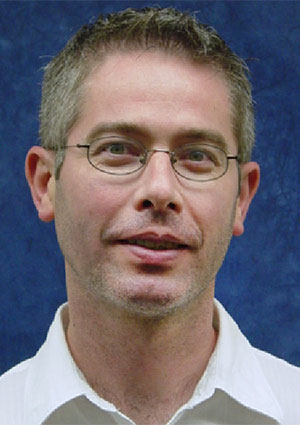 Patrick Brady
Patrick Brady
Patrick Brady’s research interests include the dynamics of gravitational collapse, black holes, numerical relativity including simulation of binary coalescence, the detection of gravitational waves using interferometric gravitational-wave detectors, and multi-messenger studies of gravitational wave sources. In broad terms, he is interested in theoretical and experimental aspects of gravitation and gravitational-wave astronomy.
For more information: Brady’s Research Website
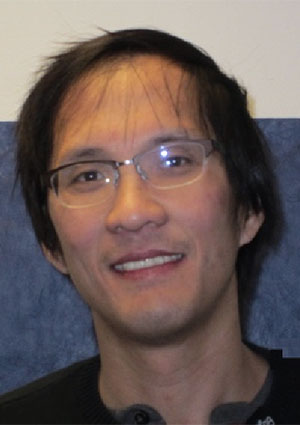 Philip Chang
Philip Chang
Philip Chang’s research interests include supernovae, compact objects, disk dynamics, plasma astrophysics, and turbulent star formation. In general terms, he is interested in various aspects of theoretical astrophysics and cosmology.
For more information: Chang’s Research Website
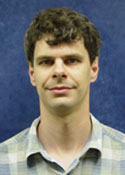 Jolien Creighton
Jolien Creighton
Jolien Creighton’s research concerns the portion of Einstein’s theory of General Relativity, where gravity is described in terms of geometry: the distances between points in space and time. Gravitational waves—oscillating gravitational fields that affect the distances between nearby points—are produced by the most violent events in our universe including supernovae, collisions of black holes, and the big bang.
The Laser Interferometric Gravitational-Wave Observatory, LIGO, is a national facility to detect gravitational waves. Creighton participates in the LIGO Scientific Collaboration in an international effort that will search for gravitational waves from the distant universe.
For more information: Creighton’s Research Website
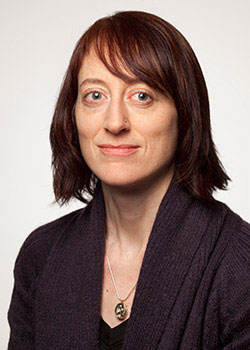 Dawn Erb
Dawn Erb
Dawn Erb’s research interests include galaxy formation and evolution, the kinematics, chemical evolution and stellar populations of galaxies at high redshift, feedback processes in starburst galaxies, and the evolution of the intergalactic medium at high redshift.
For more information: Erb’s Research Website
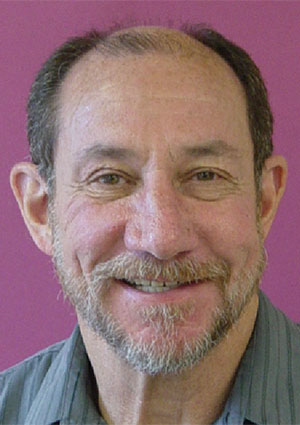 John Friedman
John Friedman
John Friedman has worked on a variety of problems in gravitational physics, involving neutron stars, black holes and gravitational collapse, the topology of spacetime, and topological questions in quantum gravity.
Dr. Friedman no longer supervises students.
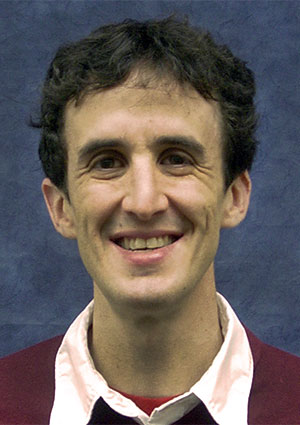 David Kaplan
David Kaplan
David Kaplan’s research concerns multi-wavelength (radio, infrared, optical, X-ray) observations of a variety of types of neutron stars. He works with NANOGrav to detect low-frequency gravitational waves using a galactic-scale detector, and on multi-messenger followup of gravitational wave sources detected with LIGO. He is also working on detecting radio transients with the Murchison Widefield Array and the Australia Square Kilometre Array Pathfinder
For more information: Kaplan’s Research Website
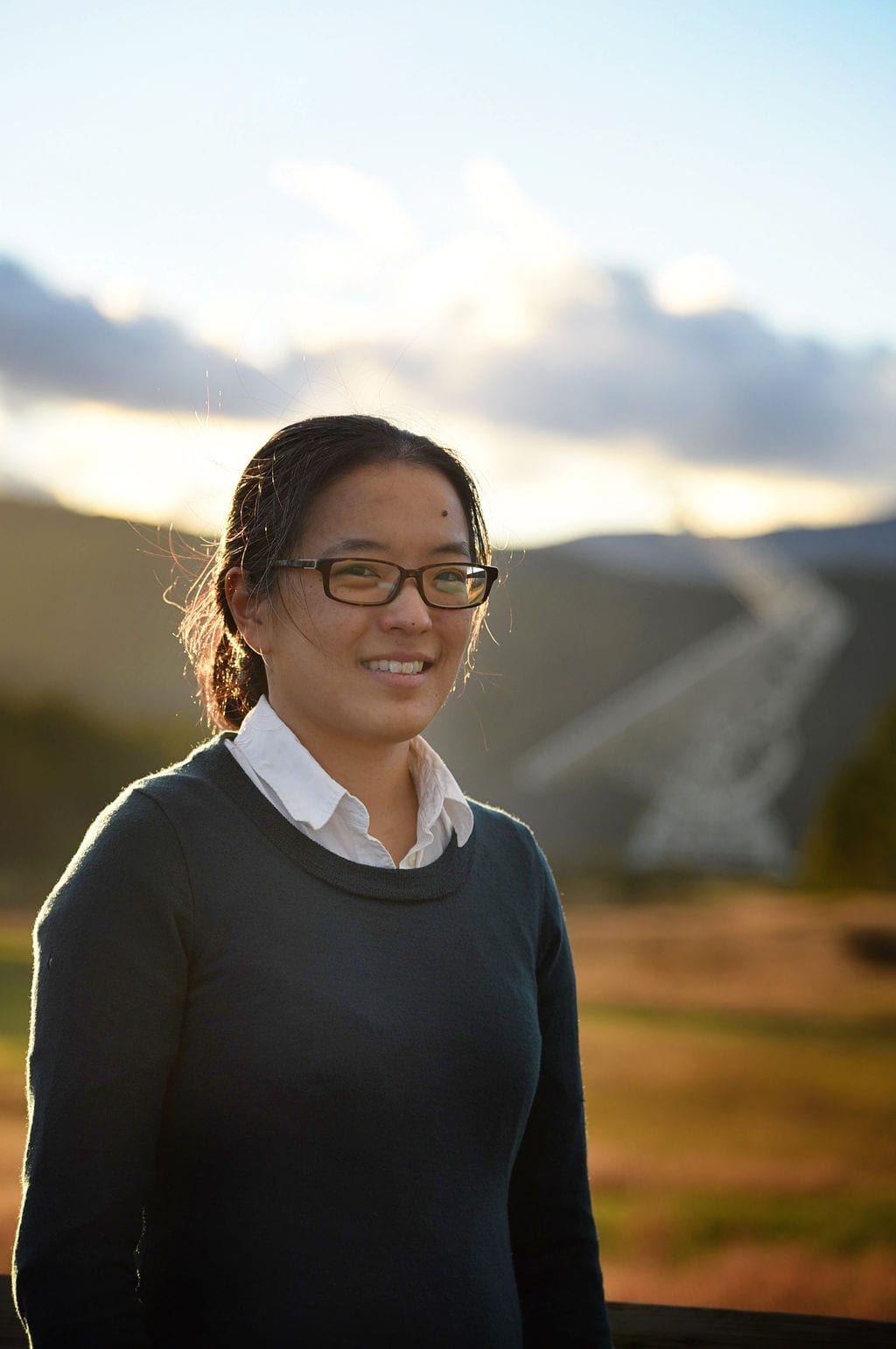 Sarah Vigeland
Sarah Vigeland
Sarah Vigeland’s research is focused on the detection of low-frequency gravitational waves using pulsar timing arrays. These gravitational waves primarily come from supermassive binary black holes, and their growth and evolution are connected to the growth and evolution of their host galaxies.
For more information: Vigeland Research Website
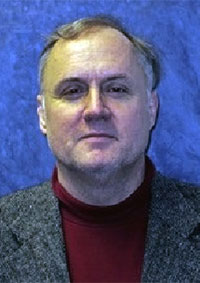 Alan Wiseman
Alan Wiseman
Alan Wiseman’s research is in the area of general relativity and gravitation with a special emphasis in gravitational-wave generation and detection. He has published a number of papers involving computations of the expected gravitational-wave signals from inspiraling binary star systems using post-Newtonian theory. He also works in the area of black hole perturbation theory and the radiation reaction problem in curved space time.
For more information: Wiseman’s Research Website